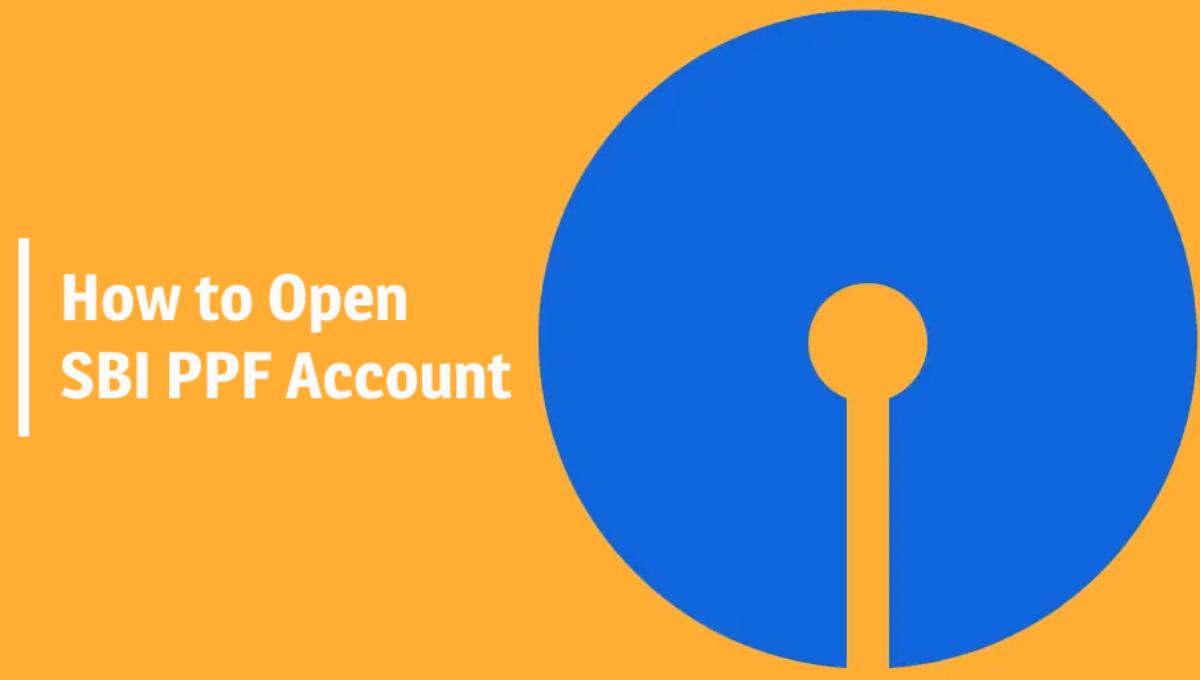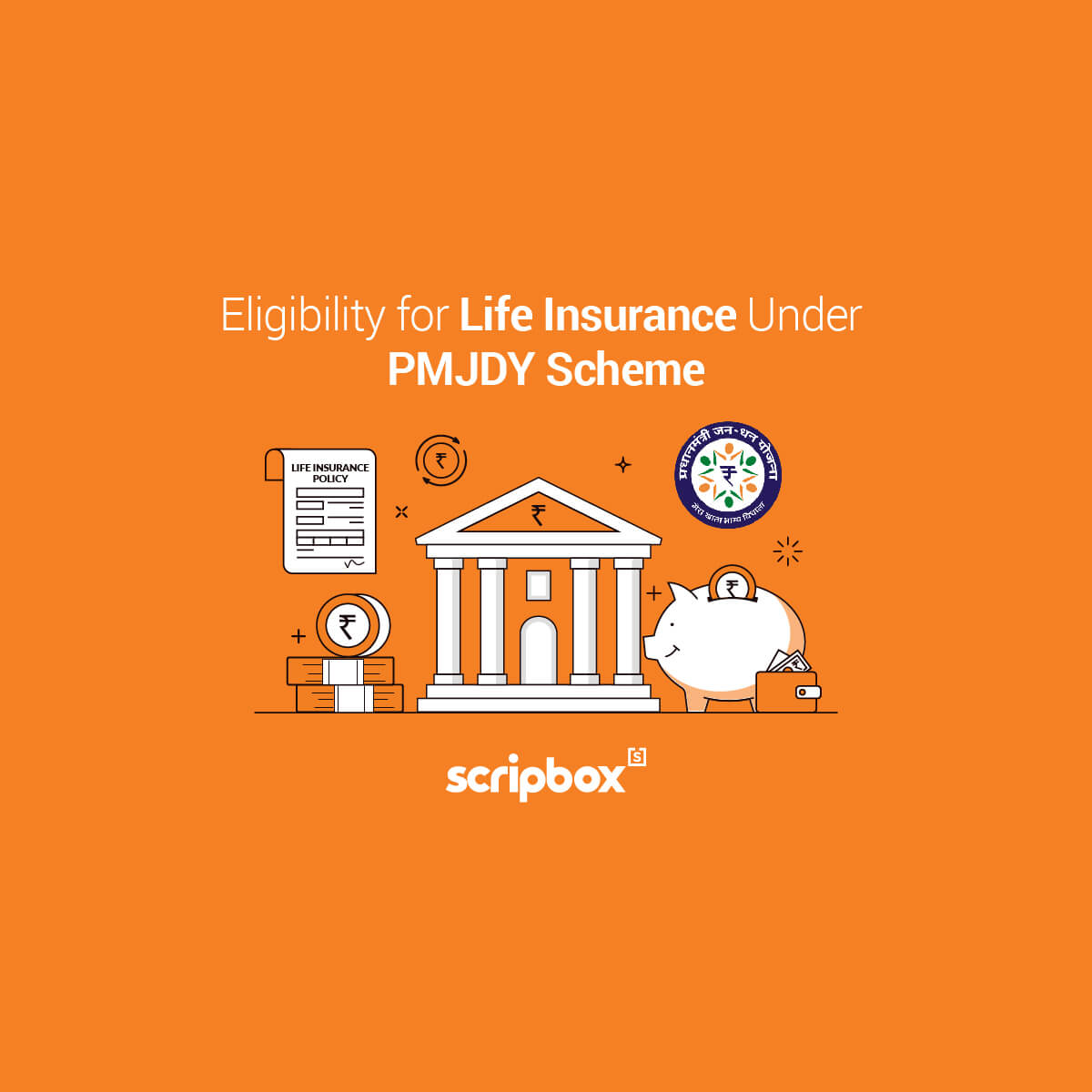The Central Government Schemes for girl child have been launched across India with the goal of improving the social attitude toward female children in India. These schemes also aim at elevating their status in society.
Several central government initiatives, saving schemes and all under-government programmes for a girl child have been introduced in India in recent years. These programs have been a vital element of assisting females on a national as well as state-by-state basis.
Top 12 Government Schemes for Girl Child in 2025
- Beti Bachao Beti Padhao
- Sukanya Samriddhi Yojana
- Balika Samridhi Yojana
- Mukhyamantri Rajshri Yojana
- Mukhyamantri Laadli Yojana
- CBSE Udaan Scheme
- National Scheme of Incentives to Girls for Secondary Education
- Mukhyamantri Kanya Suraksha Yojana
- Mazi Kanya Bhagyashree Scheme
- Nanda Devi Kanya Yojana
- Tamil Nadu’s Chief Minister’s Girl Child Protection Scheme
- Kanyashree Prakalpa of West Bengal
1. Beti Bachao Beti Padhao
Beti Bachao Beti Padhao is a central government program that assists girls all around the country. The fundamental goal of this program is to protect children from social issues like gender-based abortions and to improve child education across the country. This initiative was originally designed for districts with a low sex ratio. However, it has now been successfully expanded to other parts of the country. This is mostly an educational program that aims to modify society attitudes rather than financial support.
The Ministry of Women and Child Development, the Ministry of Health and Family Welfare, and the Ministry of Human Resource Development collaborated towards this initiative. The following are the broad objectives of the program:
- Preventing selective gender abortion
- Ensure infant survival along with wellbeing in childhood
- Ensure the child’s education and inclusion
- Challenging gender stereotypes and supporting gender equality
- Giving a safe as well as stable atmosphere to girls
- To endorse the right of girls to inherit property
2. Sukanya Samriddhi Yojana
Sukanya Samriddhi Yojana Account is a small savings scheme for girl children. The program allows parents to create a trust for their child’s future education and marriage expenditures. It encourages parents to set aside money for their daughters’ higher education and marriage in order to eliminate the idea that a girl child is a financial burden on her parents. Among other Government Schemes for girl child, SSA is more popular among the parents.
Furthermore, The Ministry of Finance manages and the Post Office of India operates the scheme. The following are the SSY rules regarding eligibility, withdrawal, maturity, etc.
- The girl child must be ten years of age or younger.
- The guardian or either of the parents of the girl child can open the account.
- You can open only one account per girl child.
- A family can open a maximum of two SSY accounts, i.e. secure two girls under this scheme.
- In the case of twin girls, the guardian or parents can open a third account.
- The minimum amount of investments is Rs 250 and maximum amount of investment is Rs 1.5 lakhs
- The account matures once the girl child is 21 years of age or on occasion of marriage after attaining 18 years of age
- You can withdraw the principal amount and interest on maturity.
- You can make a premature or partial withdrawal of investment on the occasion of the marriage once the girl child attains the age 18 years.
3. Balika Samridhi Yojana
The Balika Samriddhi Yojana is a scholarship program that gives financial assistance to poor girls and their families. The scheme’s main goal is to improve girls’ social status, raise their marriageable age, and increase enrolment, particularly for females in school.
In both urban and rural regions, this female child benefit program is provided. All qualifying beneficiaries receive financial support. The following are the features of the program:
- Only new born infants are eligible for the program.
- Each girl child receives Rs.500 at the moment of her birth.
- While in school, the girl kid receives an annual scholarship of Rs. 300 to Rs. 1000 till she completes Grade X.
- The maximum age for enrollment is ten years of age.
- Only two of a family’s daughters are eligible to participate in this program.
- The depositor must be from a ‘Below Poverty Line‘ family.
- You can open an account with your local bank. Only a few banks have been chosen to handle the application procedure for this scheme.
4. Mukhyamantri Rajshri Yojana
In Rajasthan, the Mukhyamantri Rajshri Yojana was introduced. It provides financial assistance to parents of female children from the time they are born until they complete their schooling.
- When a girl child is born, the mother gets paid Rs.2,500.
- After the child has completed one year of immunizations, a cheque for Rs 2,500 is issued.
- A fee of Rs.4,000 is given to the girl kid when she enrolls in any public school in grade I.
- When a child enters Grade VI, he or she is given Rs.5,000.
- Once the girl enters Grade XI, she gets rewarded Rs. 11,000.
- Only permanent residents of Rajasthan are eligible for the initiative.
- A girl child born after June 1, 2016 is eligible for the program.
- To join the scheme, you must go to your nearest bank. The application process for this initiative has been delegated to a select group of banks. Applicants can also go to the Collector’s Office, the Gram Panchayat, or the Zilla Parishad for assistance.
5. Mukhyamantri Laadli Yojana
The Mukhyamantri Laadli Yojana is a savings plan. It intends to serve specifically parents who have a daughter. You must make an initial investment of Rs.6000 into your post office savings account for a term of five years under this scheme.
- After that, the girl child receives monetary incentives at regular intervals.
- She receives Rs. 2,000 when she enters Grade 6.
- She will further receive Rs. 4000 when she enters Grade 9, and Rs. 7,500 when she reaches Grade 11.
- A monthly stipend of Rs. 200 is provided.
- The deposited funds will mature when she becomes 21 and can be utilized to cover her wedding expenditures.
- The applicant must be a long-term resident of the state of Jharkhand.
- The candidate must come from a family that is ‘Below the Poverty Line.’
6. CBSE Udaan Scheme
The Central Board of Secondary Education, in collaboration with the Ministry of Human Resource Development of the Government of India, manages and administers the CBSE Udaan scheme for girls. This program is one of the most important government girl child schemes in India that aims to increase the number of girls enrolled in prestigious engineering and technical colleges across India.
- Free course materials/online resources for female students in 11th and 12th grades, such as video study materials
- On weekends, virtual contact classes for female students in 11th and 12th grades are held.
- For deserving female students, there are peer learning and mentoring options.
- Students can call a study helpline to get answers to their questions.
- The authorities constantly monitors and tracks a students’ progress.
Eligibility Criteria
- Female students being a resident of India
- In CBSE affiliated schools, a girl student must be enrolled in the Physics, Chemistry, or Mathematics stream in class 11th and 12th.
- The student’s annual household income cannot exceed Rs. 6 lakh.
- Selection on the basis of merit, subject to certain requirements.
7. National Scheme of Incentives to Girls for Secondary Education
- The aim of the scheme is to encourage girls to continue secondary education.
- A pan-India scheme is administered by the Department of School Education and Literacy, Human Resource Development Ministry, Government of India.
- The scheme is primarily designed to assist girls from India’s lower socioeconomic levels in completing their secondary education.
- Under the initiative, a meritorious girl will receive Rs. 3000 as a fixed deposit, which she will be able to withdraw with interest once she reaches the age of 18 and has passed her 10th-grade exam.
- The girl must be unmarried and 16 years age or younger
- The candidate must have completed eighth grade and be enrolled in ninth grade.
- Such an enrollment must be in a government-sponsored school.
8. Mukhyamantri Kanya Suraksha Yojana
- The Bihar state government has created the Mukhyamantri Kanya Suraksha Yojana.
- Under this scheme the parents of every girl child receive rewards.
- After the birth of a girl child, a sum of Rs.2000 is released under this scheme.
- This reward can be obtained by presenting the girl child’s birth certificate.
- The scheme is open to all permanent inhabitants of the state of Bihar.
- The applicant’s family must fall within the ‘Below Poverty Line’ category.
- The Collector’s office, Gram Panchayat, or Zilla Parishad are all options for the applicant.
- An application can also be submitted at an Anganwadi location near the applicant’s home.
9. Mazi Kanya Bhagyashree Scheme
- Mazi Kanya Bhagyashree is a Maharashtra government program aimed at helping girls from low-income families and other marginalized groups improve their lives.
- For the first five years after the child is born, the mother of a girl child receives Rs. 5000 each year.
- After then, the child’s family receives Rs. 2500 each year in financial help until she enters fifth grade.
- After that, before she enrolls in class 12, the financial aid for the aforementioned girl child will be increased to Rs. 3000 per year.
- She is entitled to Rs. 1 lakh every year for her education until she turns 18.
- The applicant must belong to the ‘Below Poverty Line’ family category.
- He/ she must present the documents such as domicile certificate of the State of Maharashtra, Income certificate of parents, and BPL card or Ration Card. The birth certificate of the girl child must be presented as an identity proof of the girl child.
10. Nanda Devi Kanya Yojana
- The Nanda Devi Kanya Yojana program is unique to the state of Uttarakhand.
- A fixed deposit of Rs. 1,500 is placed in the name of a new born girl child under the scheme. After the girl child reaches the age of 18 and has completed her further education, the principal sum, as well as any accrued interest, is delivered to her.
- The scheme is open to all permanent inhabitants of the state of Uttarakhand.
- The candidate must come from a family that falls within the ‘Below Poverty Line’ category.
- The scheme is only available to two girls from a household
11. Tamil Nadu’s Chief Minister’s Girl Child Protection Scheme
- The Chief Minister’s Girl Child Protection Scheme in Tamil Nadu attempts to prevent gender inequity.
- It achieves its aim by empowering and safeguarding the rights of girl children through direct government spending.
- If the family only has one girl child, a fixed deposit of Rs. 50,000 is made in her name with the Tamil Nadu Power Finance and Infrastructure Development Corporation Limited. The girl child must be born on or after August 1, 2011.
- If the family only has two female daughters, each of them will receive a fixed deposit of Rs 25,000.
12. Kanyashree Prakalpa of West Bengal
- The West Bengal Kanyashree Prakalpa is a state effort for female child programmes aimed at improving the status and well-being of girls.
- The scheme aims to focus particularly at those belonging to a lower socioeconomic level.
- The West Bengal government’s Department of Women Development and Social Welfare implements this scheme through conditional cash transfers.
- For girls between the ages of 13 and 18, the Kanyashree scholarship is Rs. 750 per year, with a one-time support of Rs. 25,000 for girls between the ages of 18 and 19.
- The beneficiary must be a West Bengal resident with a bank account in her name.
- She must be enrolled in a school as well as unmarried.
- The girl’s family’s maximum annual income must be Rs. 1.2 lakh per year.
- A girl child can apply for an annual scholarship under this scheme as early as the age of 13 if she is enrolled in class 8 or higher.
- Between the ages of 18 and 19, she can apply for a one-time grant through Kanyashree Prakalpa.
- The application form for the Kanyashree scheme can be obtained from the institution where the girl child is enrolled.
- This must be completed and submitted along with documents such as a birth certificate, a declaration indicating the applicant is unmarried, and an annual income statement. The annual income statement must confirm that the family’s yearly income is less than Rs. 1.2 lakh.
Read More
- Best Retirement Plans
- Public Provident Fund
- Senior Citizen Savings Scheme
- National Saving Scheme
- National Pension Scheme
- Best Child Plans in India
- Top 12 Government Schemes for Girl Child in 2025
- 1. Beti Bachao Beti Padhao
- 2. Sukanya Samriddhi Yojana
- 3. Balika Samridhi Yojana
- 4. Mukhyamantri Rajshri Yojana
- 5. Mukhyamantri Laadli Yojana
- 6. CBSE Udaan Scheme
- 7. National Scheme of Incentives to Girls for Secondary Education
- 8. Mukhyamantri Kanya Suraksha Yojana
- 9. Mazi Kanya Bhagyashree Scheme
- 10. Nanda Devi Kanya Yojana
- 11. Tamil Nadu’s Chief Minister’s Girl Child Protection Scheme
- 12. Kanyashree Prakalpa of West Bengal
- Confused if your portfolio is performing right enough to meet your goals?
- How long have you been investing in mutual funds?
- What is your current portfolio size?
- What is your approximate annual household income?
- Your profile does not qualify for a call with a Financial Expert.































Show comments